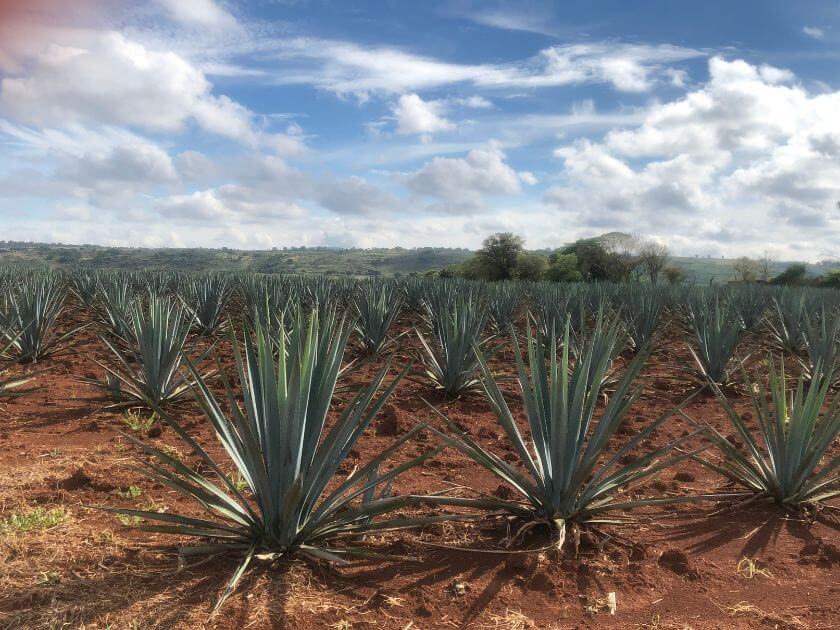Feeling The Heat: The Process Of Distillation
Tequila Distillation
Feeling The Heat: The Process Of Distillation
The fleeting hours of May are but a brief denouement leading into the crescendo that is the inaugural first month of summer: June. With June in complete effect, we find ourselves lurching full speed into another summer season of soaring temperatures, long days and refreshing nights. Nothing compares to the unrelenting heat of a solstice afternoon, and with summer finally heating up it only feels appropriate to shed light on a vital process in the development of Tequila – a process in which the degree of its intensity can only be matched by the imminent summer haze – the process of distillation.
A Pillar of The Industry

There is an underlying sense of rawness to the tequila making process that allows it to stand out amongst the other grandiose pillars of hard liquor. It is perhaps this rawness that has allowed it to surpass its contemporaries in becoming the current most popular form of liquor. Here at Añejo our mission statement has always been to promote a dynamic relationship with the Tequila-making process - from harvest to first pour, we believe that a greater appreciation for Tequila begins with strong foundational knowledge and insight into the many components, technical or otherwise, that have allowed Tequila to stand relentlessly as a staple of the medium.
Trusting The Process
Distillation is nothing without the sum of its meticulously engineered parts. It is a process defined by decimal points, refined materials, precise measurements and scorchingly high temperatures. Every ounce of painstakingly distilled Tequila is paid for with hours of cooking agave piñas in pit ovens and autoclaves, pressing them with tahonas and roller mills and fermenting them in barrels to separate ethanol, Co2 and heat from the sugars.
Upon the completion of these steps comes the time to turn up the heat. The cooked, pressed and fermented piñas are now placed in a Tequila still, this being the traditional alembic or “pot” still, or the modern column or “coffey” still. These can be made from copper, stainless steel or an alloyed mixture of the two. These stills range from 100 to 2000 litres in size and these variations, much like the material of the still, have the capacity to influence the flavour of the product.

Turning It Up
The first distillation process takes around 2 hours at 90 degrees Celsius. Distillers must take note of local elevation when setting the temperatures of their stills as boiling points fluctuate with altitude. The second distillation takes twice as long at a staggering 98 degrees Celsius, the resulting runoff being comprised of about 55% alcohol. This heated distillate is then passed through a condenser to cool the vapours. The “head” and “tail” of the distillate are drained off, and we are finally left with the Tequila that we know and love.
The road to a good Tequila is paved with painstaking perfectionism and lots and lots of heat. As we move into the height of the summer months, Añejo is the perfect place to quench your thirst for a more intimate and enriching relationship with one of the most elaborate liquors in the world.